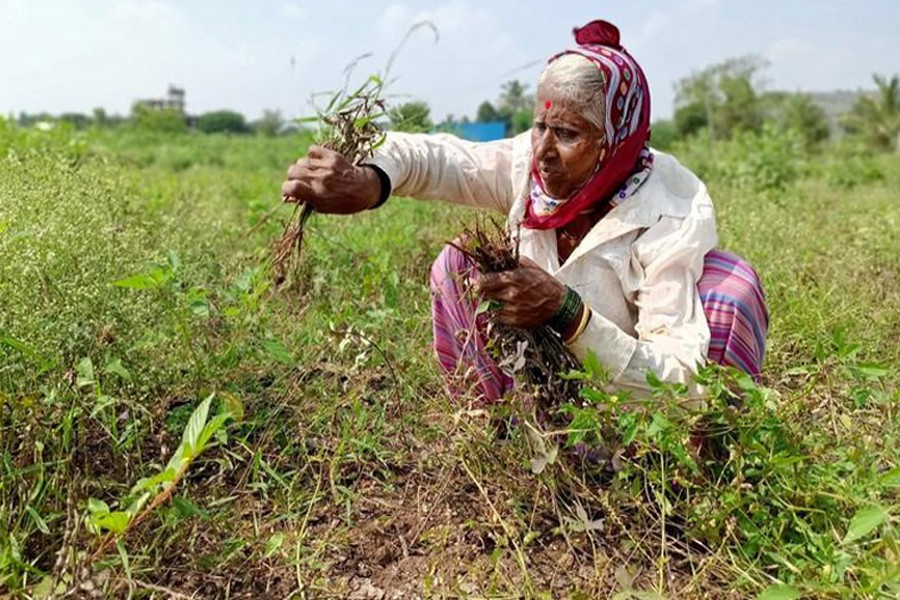Heavy rains in October and November have brought more misery to India’s farmers, after summer-sown crops such as soybean, cotton, rice and vegetables suffered rain and flood damage during the wettest June-September monsoon season in 25 years, Reuters reports.
“We couldn’t harvest soybeans last month due to continuous rainfall,” said Shantabai Chikhale, 65, while harvesting with her son on a one acre plot in Maharashtra, India’s second largest soybean production state.
Chikhale had been expecting a bumper crop, but now estimates that two-thirds of the soybean pods on her farm in Kalamb village were knocked off by the rains, while much of the remaining crop has been damaged.
The recent wet spell is also forcing farmers, like Chikhale, to delay sowing winter crops, placing a further drag on the rural economy at a time when India’s economic growth has slumped to a six-year low.
After the ample monsoon rains, The Solvent Extractors’ Association (SEA) had expected India soybean harvest to be more than 10 million tonnes, just a little down on 2018’s 10.3 million tonnes.
But heavy recent rains damaged the crop in Maharashtra and Madhya Pradesh, which account for more than 85 per cent of India’s output, and forced the trade body to cut that estimate to below 9.0 million tonnes, said BV Mehta, executive director of the SEA.
As a result local soybean prices have risen to their highest in 3-1/2 years, making exports of soymeal uncompetitive, traders said.
Lower soybean production could force India, the world’s biggest importer of edible oils, to import more in 2019/20 marketing year that started on October 1, said a Mumbai-based dealer with a global trading firm.
Other crops hit
The deluge also hit cotton in the world’s biggest producer.
Cotton bolls were damaged by late rains in Maharashtra and Gujarat, which account for over half of the country’s output, said Arun Sekhsaria, managing director of exporter D.D. Cotton.
Until a few weeks ago, industry officials such as Pradeep Jain, president of Khandesh Ginning and Pressing Factory Owners and Traders Association, were expecting a 20 per cent jump in cotton production in 2019 from a year ago.
But now Jain says the production could rise by 10 to 12 per cent.
Cyclone Bulbul also soaked the eastern states of Odisha and West Bengal last week, damaging rice crops in these key producing states, said Nitin Gupta, vice president for Olam India’s rice business.
“Supplies from the new season crop for exports have been delayed by around two weeks,” Gupta said.
Sugar mills in Maharashtra, the No. 2 sugar state, were forced to delay the start of the new crushing season by a few weeks due to wet fields, said Prakash Naiknavare, head of the National Federation of Cooperative Sugar Factories Ltd.
The heavy downpours also elevated prices of vegetables such as onions and tomatoes and lifted food inflation to 7.89 per cent in October from a year earlier.
That in turn pushed inflation above the central bank’s medium-term target of 4.0 per cent in October for the first time in 15 months.
The untimely rains also delayed winter sowing of wheat, chickpeas, vegetables and other crops.
“I need to harvest soybean before planting sugarcane. But soybean harvesting has already been delayed,” says Chikhale.


